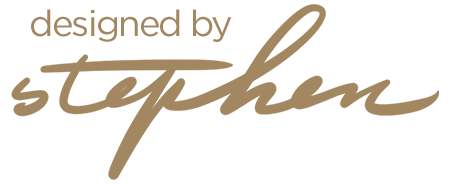
The vision
Imagine a world where designers and developers move seamlessly, guided by a single source of truth. That was the vision behind Blueprint—a unified design system built to scale with Redfin’s growth, ensuring efficiency, consistency, and accessibility across every product experience.
Challenges and pain points
Before Blueprint, Redfin had not one, but six different design systems. Each had its own components, documentation (or lack thereof), and approach to accessibility. The result? Fragmentation, inefficiencies, and a growing challenge of maintaining design and code at scale.
Through design system syncs, 1:1s, and a product-wide survey we uncovered key pain points that Blueprint should solve for.
Key pain points:
Bloated libraries: Over 110 components, many redundant or outdated.
Inconsistent foundations: Different typography, spacing, and color scales.
Limited documentation: No single source of truth for designers or developers.
Accessibility gaps: No standardized approach to inclusive design.
Auditing and consolidating
The first step? A deep dive into our existing systems. We audited every component and style to uncover patterns and redundancies. This process wasn’t just about trimming the excess—it was about building a foundation flexible enough to serve both our customer-facing and internal platforms.
Key takeaways:
A preliminary color palette began to emerge.
Differing typography and sizing scales.
Identified overlapping components.
The timing of our system overhaul aligned perfectly with Redfin’s rebrand. Rather than treat these as separate initiatives, we partnered with the Brand team to embed the new identity directly into Blueprint. This ensured a seamless transition and set a strong visual foundation for years to come.
Brand + Product Vision Week
To bring our cross-functional teams into the process, we hosted Brand + Product Vision Week—a hands-on sprint where designers applied the new visual language within their product domains. This gave us real-world insights into how color, typography, and layout played out across different experiences, helping refine our approach before scaling further.
Design Foundations: The Backbone of Blueprint
With insights from our audit and Vision Week, we built a robust, scalable, and flexible set of design foundations. These weren’t just static guidelines—they were dynamic, themeable frameworks powered by design tokens.
Blueprint needed to serve two distinct audiences:
Customers → Warm, friendly, and approachable experiences.
Internal Tools → Data-dense, efficient workflows.
By designing with these needs in mind, we ensured Blueprint was adaptable across Redfin’s ecosystem.
Keeping Teams Informed: A Transparent Process
Design systems only succeed if teams understand why they exist. To keep everyone aligned, my design partner and I launched a Blueprint blog series, covering topics like color, typography, and design tokens. This became a living resource for education and progress tracking.
Building Components: The MVP Set
With solid foundations in place, we shifted focus to components. Using an atomic approach, we built a scalable MVP set—prioritizing flexibility, accessibility, and long-term growth. Each component was designed with adaptability in mind, ensuring it could evolve alongside product needs.
Validating Through Translation
Before launching the Blueprint Design System across all product areas, we first translated key customer flows to gather insights and ensure a smooth transition for end users.
Business Impact
Blueprint was successfully validated, proving its impact through a more accessible and engaging visual language that helped drive key metrics across critical customer flows.
Blueprint’s Impact
Increased efficiency – Teams moved faster with a unified set of tools and guidelines.
Stronger brand consistency – A cohesive look and feel across all product experiences.
Improved developer collaboration – A shared language between design and engineering.
Enhanced accessibility – Standardized patterns led to more inclusive experiences.
Scalability for the future – A flexible system designed to evolve with Redfin’s growth.
Design & Developer Tools
A design system is only as strong as its adoption. To ensure Blueprint became an integral part of Redfin’s workflow, we built tools that empowered teams to use it effectively. I partnered with the User Experience Engineering team to build our Storybook + Design Token repository, ensuring consistency and scalability. To further support designers, I created the Blueprint Design Documentation site, providing a comprehensive overview, migration guide, best practices, ways to contribute, and additional resources.
Scaling to Internal Tools
With Blueprint successfully rolling out across customer experiences, the next frontier was internal tools—where efficiency and usability directly impact Redfin’s agents and brokerage teams. Given their complex workflows and data-heavy needs, I focused on tailoring Blueprint to ensure it worked seamlessly within these specialized environments.
Hilton: Fractal Design System
Learn more about my approach to creating a design system for iOS. Walking through step-by-step how I shaped the final system.































